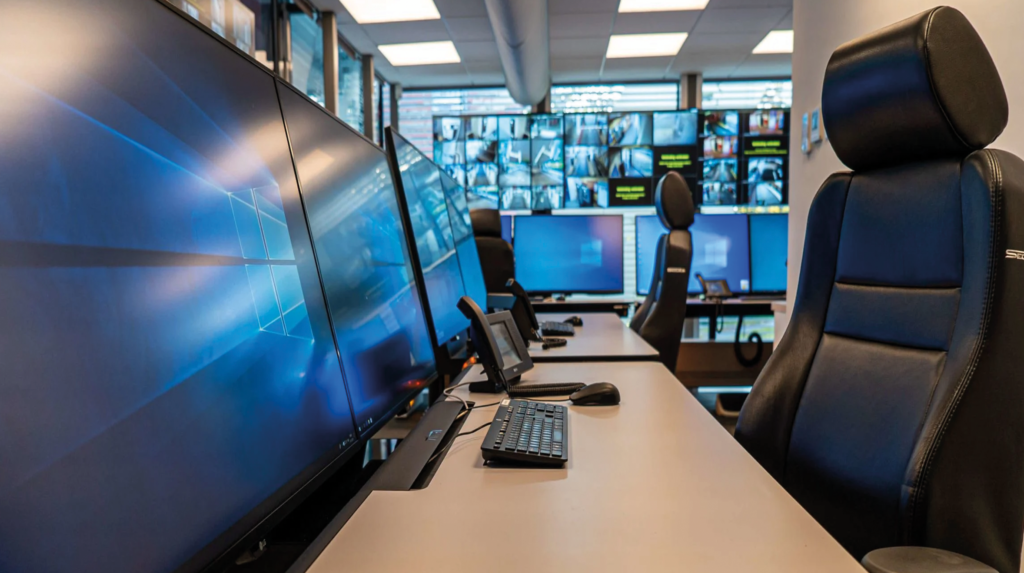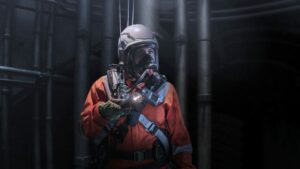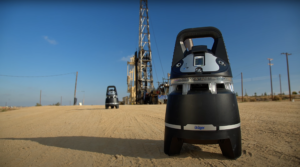You’ve probably heard confined space horror stories a million times. The person inside of a confined space performing routine maintenance becomes unresponsive. The “hole watch” responsible for monitoring the work goes into the confined space to check on his partner and is overcome by the same deadly gas. It’s a tragic story of trying to help a co-worker based on gut reaction rather than proper safety protocols. According to several worldwide investigations, impulsive evacuations make up 60 percent of confined space fatalities.
While it is imperative to train all workers adequately before they operate in or around confined spaces, the reality is that not every job is conducted under ideal conditions or with sufficient information about gas hazards. Gas detection equipment, including advanced area monitors, has evolved to address these real-world scenarios, incorporating improved communication technology. This ensures that everyone working around confined spaces not only hears and sees gas alarms but also understands where and why instruments are alarming. These advancements aim to reduce fatalities among would-be rescuers and prevent accidents resulting from unnecessary evacuations. Additionally, they facilitate faster emergency responses from trained workers in the field, rather than relying on assistance from a remote central controller.
Although it is common for workers to perform atmospheric testing in confined spaces using handheld portable instruments, area monitors equipped with peer-to-peer wireless capability can improve efficiency and safety of confined space operations, especially those calling for extended, continuous monitoring.
Live Monitoring Layer
Being aware of ongoing activities across workers and sites at any given moment increases reaction times and helps responders in understanding the situation and where they need to go.
Using a cloud-based monitoring platform connected to wireless area monitors is the most convenient way to access real-time area monitor readings. Cloud software is accessible on any device, anywhere, at any time, providing instant access to live data.
Real-time area monitoring offers a comprehensive view of environmental conditions with advanced warnings and the ability to respond promptly. Furthermore, the constant availability of data provides staff and employers with deeper insights into potential hazards, empowering management to make decisions that will improve job safety.



